Vital Substances: Essence
Vital Substances: Essence
“Vital Substances” are different manifestations of Qi
Essence is one of Vital Substances
Essence is the most precious substance in our body
Essence is fluid-like Yin substance that transforms slowly over a long time
Pre-Heaven Essence
Given from our parents, it determines our constitution and vitality
Yang aspect of Pre-Heaven Essence is called the Fire of the Gate of Life or Minister Fire; it accumulates at the acupuncture point Du-4
Yin aspect of Pre-Heaven Essence accumulates at the acupuncture point RN-4
Yang Fire of the Gate of Life which provides the motive force and warmth for Yin Essence
Yin Essence which provides the substance for transformation of Qi
Kidney is known as the “Root of the Pre-Heaven Essence.”
The Fire of Gate of Life is also known as the “Root of the Pre-Heaven Qi” and the “foundation for the Original Qi”
Post-Heaven Essence
Spleen and Stomach are responsible for extracting nutrition from food and drinks, and forming essence called Post-Heaven Essence
Spleen and Stomach are known as the “Root of the Post-Heaven Essence”
Kidney Essence
Kidney Essence is the combination of Pre-Heaven Essence and Post-Heaven Essence
Kidney Essence is the organic substances that are in charge of growth and development
In childhood: controls growth of bones, teeth, hair, brain, and sexual maturation
After puberty: controls the reproductive function and fertility
As Kidney Essence declines: aging, loss of teeth and hair, menopause, infertility, and impairment of cognitive functions
3 Treasures
3 Treasures refer to Essence, Qi, and Mind
Kidney (Essence), Spleen/Stomach (Qi), Heart (Mind)
Essence is a material foundation for Qi and Mind
Qi is a material foundation for Mind
Essence and Qi are important for healthy mental state
Essence also produces Marrow, which fills and nourishes the spinal cord and brain
Next, we are going to learn about the second Vital Substance, Qi. If you have any feedback or questions about the material covered, please don’t hesitate to contact at junhwa@tcmexplained.com. Until next time.
* The content is provided only for education purposes and is not intended to be a substitute for professional medical advice, diagnosis, or treatment.
References
1. Cheng, Xinnong, ed. Chinese Acupuncture and Moxibustion. 3rd ed. Fifteenth Printing 2014. Beijing: Foreign Languages Press, 2012.
2. Kaptchuk, Ted J. The Web That Has No Weaver: Understanding Chinese Medicine. 2nd ed. New York: McGraw-Hill, 2000.
3. Maciocia, Giovanni. The Foundations of Chinese Medicine: A Comprehensive Text for Acupuncturists and Herbalists. 3rd ed. Philadelphia: Elsevier Churchill Livingstone, 2015.
